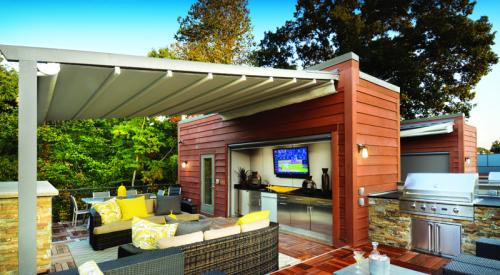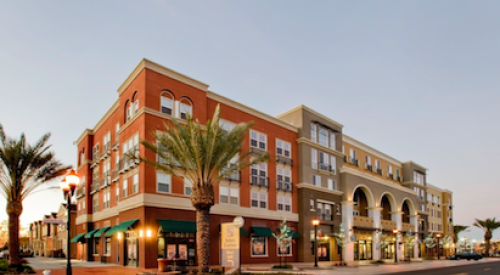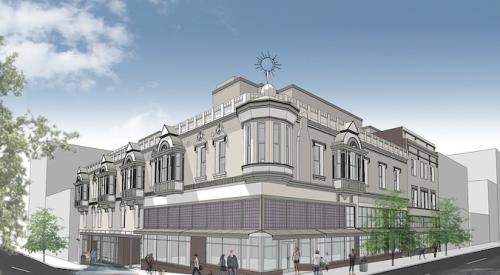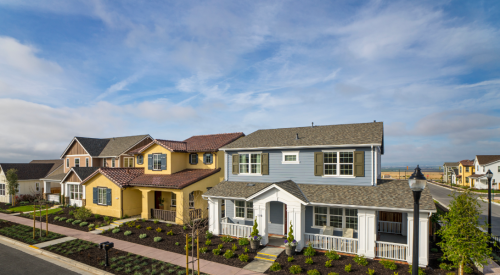If you’ve never been to Savannah, Ga., by all means go, especially if you love 18th and 19th century architecture. I just returned from a four-day trip to this beautiful city and would return in a heartbeat. It was 99 percent good with a just of touch of evil … and the “evil” was closer to mischief. (More on that later.)
Although Savannah was spared from destruction during the Civil War, in the 1950s many of its historic and architecturally significant buildings were demolished. Fortunately, the Historic Savannah Foundation stepped up to preserve the Davenport House, a fine example of Federal architecture built in the 1820s. The foundation continues to be a major force in Savannah’s redevelopment and revitalization.
Today a number of historic houses have been renovated and are open for tours. They include the Mercer-Williams House, an Italianate mansion built in1869; the Green-Meldrim House, a Gothic Revival home that was General Sherman’s headquarters during the Civil War; and the Owens-Thomas House (1819), an English Regency gem.
As you stroll through the district, you’ll also find examples of Georgian, Greek Revival, and Beaux Arts styles surrounding the city’s famous squares. Savannah has 24 squares with lush landscaping, walkways, and benches. Towering live oaks drip with Spanish moss, and monuments to various local heroes anchor each square.
The title of my blog refers to John Berendt’s 1994 book, “Midnight in the Garden of Good and Evil,” in which Savannah was a leading player among many colorful human characters. The city has been called the most haunted in America, probably because there are so many dead people buried underneath it (Native Americans and Civil War casualties abound).
To satisfy my curiosity, I took a walking tour of several destinations purported to be haunted, and was regaled with the lurid details of Savannah’s past. The spirits are said to be particularly active in the Sorrel-Weed House (1840), a Greek Revival/Regency mansion designed by Charles Cluskey, then one of the leading architects in the United States. The lady of the house leaped to her death from a third-story balcony, and a servant was found hanging in one of the carriage-house bedrooms. My partner spent a few minutes alone in this particular room, and later told me that the long-sleeved shirt tied securely around her waist suddenly dropped to the floor. If Savannah’s architecture doesn’t get you, the ghosts will.












